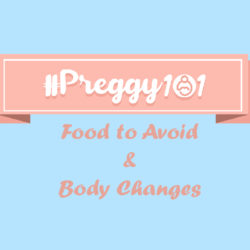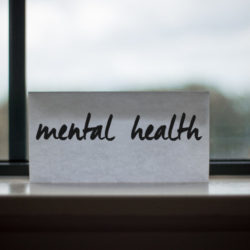This article is part 2 of Familywise Asia and The Medical City‘s #Preggy101 series. The original posts were published at Familywise Asia’s Facebook and Instagram pages.
Part 1 of the article can be found here.
Postpartum Depression Facts
- PPD can happen to anyone.
- Postpartum Blues:
- The period of time post-delivery where a mother is at a weakened mental state
- Lasts for 2-3 days, at most 10 days
- If Postpartum Blues last for more than 10 days, mother may be at risk of PPD.
- Major PPD recurs in at least 1 of 4 women in subsequent pregnancies.
- Symptoms of Depressive Illness:
- Hopelessness
- Persistent sad, anxious, and/or helplessness
- Guilt or worthlessness
- Irritability or restlessness
- Loss of interest in previously pleasurable activities
- Fatigue or decreased energy
- Difficulty concentrating, remembering details, and making decisions
- Irregular Sleeping Habits: insomnia, early-morning wakefulness, or excessive sleeping
- Irregular Eating Habits: overeating or appetite loss
- Thoughts of suicide or suicide attempts
- Persistent aches or pains, headaches, craps or digestive problems that do not ease with treatment
- What can family members & friends do to help?
- Keep an open line of communication.
- In most women, effective treatment includes anticipation, recognition, and reassurance.
Postpartum Recovery Q&A
What are the hospital procedures—standard and emergency—that mothers and their families should prepare for?
In any birth, much as with life in general, an emergency can happen. For this, women might be brought in for an emergency cesarean section. It is important that a conversation happen with your health care provider should the need arise. After that, the pregnant woman can go on and focusing on the kind of birth she wants.
Is there any way to prepare for/ease the pain of delivery?
Women have options during labor and birth. In general, women can have a natural birth or a medicated birth or even have aspects of both. Attending childbirth classes or seeking a doula are just some ways with which a woman can explore other aspects of pain relief during labor and birth.
From 1-10, how much is the pain that mothers should expect?
During labor and delivery, it can range from 5-10 without regional anesthesia or epidural. If with regional anesthesia, the pain may be as low as 1 to 3.
How long is a mother’s recovery time post-pregnancy?
Recovery will depend on whether you have birthed your baby vaginally or surgically. With a vaginal birth, recovery is faster and any wounds around the vagina heal quickly. This is compared to a cesarean section, which is major surgery, and thus entails a longer recovery period. In total, recovery period is between 4-6 weeks.
*The following information was provided by Dr. Christopher Joseph Soriano and Dr. Giancarlo Santos from The Medical City.

Patricia Li is a frequent contributor to Familywise Asia and Workwise Asia. She loves to read and write, and tries to incorporate this in her career.




